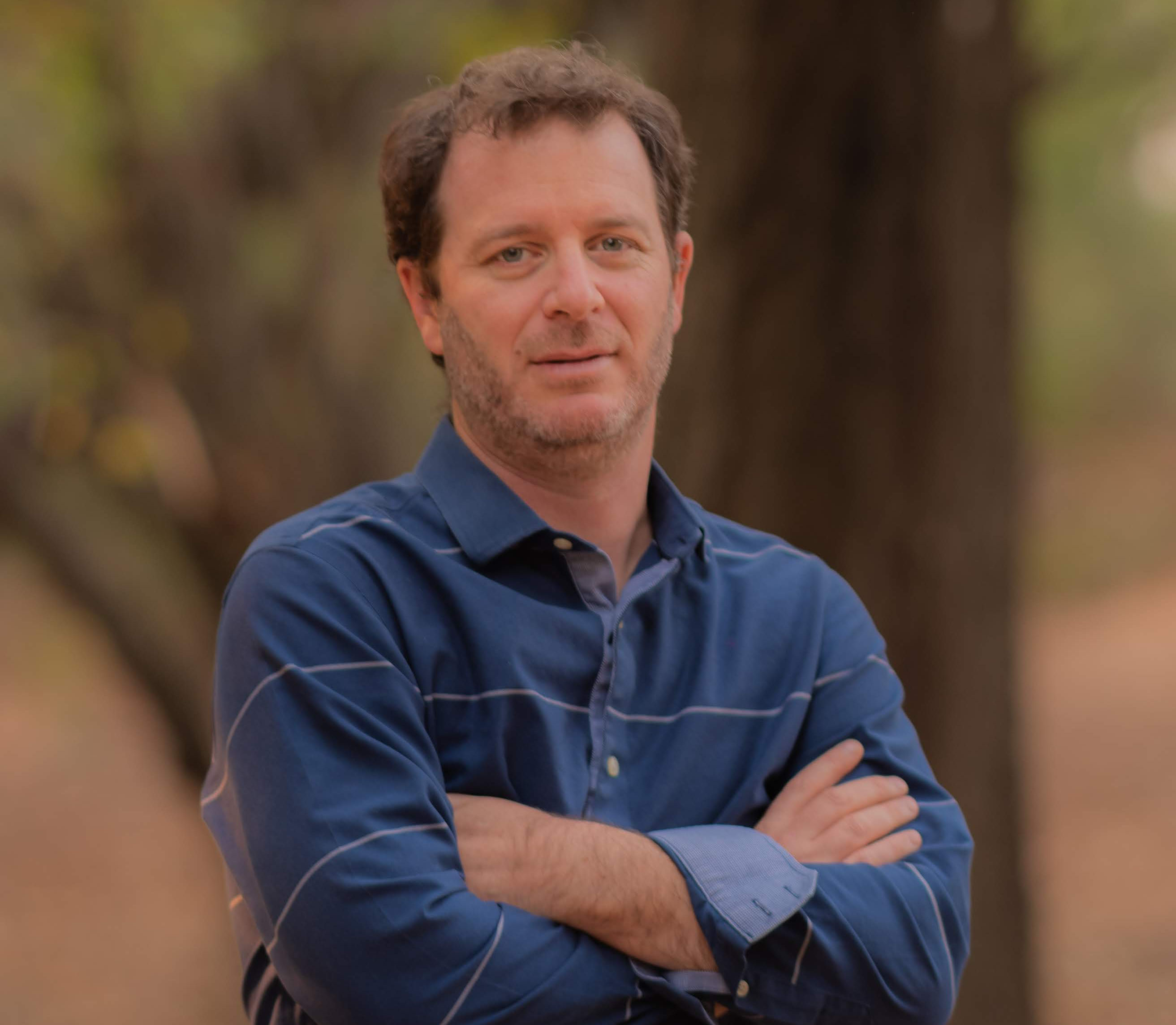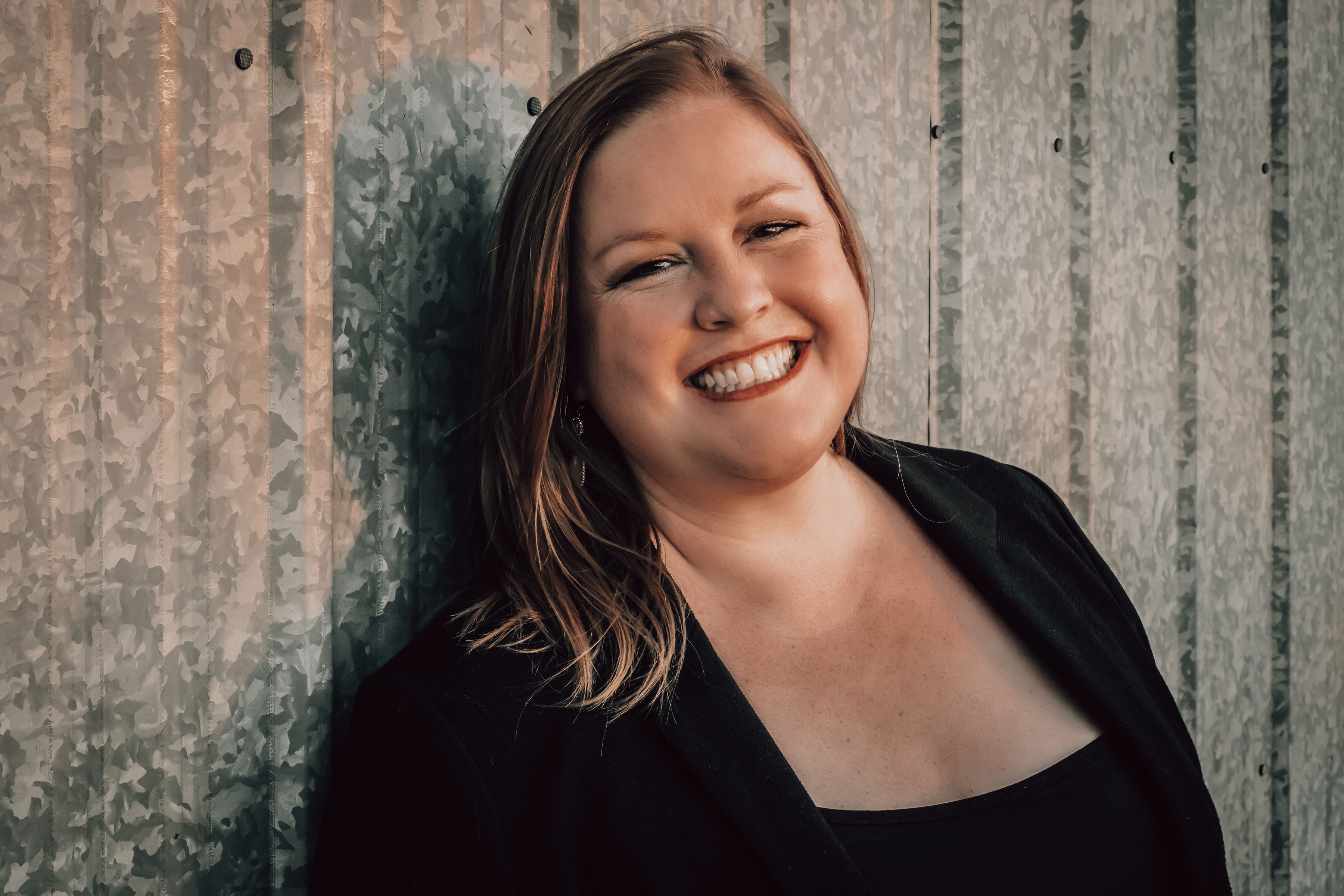Quick Bio
Name: Marc Chutczer
Position: Vice President of Digital Program Management
Company: Meyer Sound
Overtime: When not working, Chutczer enjoys cooking—especially trying out new methods or kitchen gadgets—sailing, teaching robotics at his children’s school, and music.

SCN: What is your position, and what does it entail? What are your responsibilities?
MARC CHUTCZER: I lead the digital team at Meyer Sound. The digital team produces our audio processing boxes—D-Mitri and Galaxy—and the software that runs them. We maintain the infrastructure protocols like RMS or the Milan stack, and my team is generally composed of very senior engineers and researchers. Most of the time I don’t understand what they are talking about, and they know it, but I see my mission as a facilitator, a catalyst to get them logistically organized to deliver the best possible products.
SCN: How long have you been in this position?
MC: About six months now.
SCN: How has your background prepared you for your role?
MC: While Meyer Sound celebrates 40 years of doing business this year, the mindset of the company is that of one 40 years young. Innovation remains a constant and we have the flexibility to be responsive—as we are sought after for sonic solutions across a wide range of end uses. I have to stay on my toes and always be ready for the next project, whatever it may be.
Because I’ve often worked often in relatively small companies, I’ve been exposed to a breadth of operations throughout my career. I worked mostly in engineering, so I am used to development cycles in software and electrical or mechanical engineering, but I also appreciate and understand the full picture of manufacturing, quality assurance, operations, marketing, and finance. Because Meyer Sound does so much development and manufacturing in-house, having a broad understanding of those different areas comes in handy.
SCN: What are your short- and long-term goals?
MC: In the short term, some of the Meyer Sound products—especially software applications—need refreshing. We have already announced a 3D version of our MAPP software called MAPP-3D, and we have demonstrated our new live spatial sound mixing software, tentatively called SpaceMap Live, at ISE and InfoComm this year, which has really gotten people excited. My team and I are very focused on delivering on the expectation that the buzz around these demos has created.
Long term, these two applications are the stepping stones to a new Meyer Sound ecosystem that is simpler, more intuitive, and, at the same time, more powerful than what we offer today. In truth, almost no one knows 10 percent of the features in some of our older products. We have a team that retains its expertise in digital signal processing, but also has a very modern understanding of user experience requirements. Hopefully we deliver software and hardware in the future that offers the same mix of accuracy, power, and flexibility in an even more approachable package.
SCN: What is the greatest challenge you face?
MC: At Meyer Sound, the emphasis on product quality is far beyond anything I have seen anywhere else. The teams don’t take shortcuts and the word “compromise” is not even part of the vocabulary. At Meyer Sound’s inception, John Meyer took loudspeakers apart and created a production facility for every component he thought he could improve on.
John and Helen Meyer have always had a very close relationship with their customers, and they—and most Meyer Sound employees—spend a huge amount of time in the field, so they have a very good understanding of the expectations out there.
The desire to put out only perfect products is laudable but can sometimes inhibit the teams at the onset of a project. When you try to address every customer and every use case, coming up with the right product architecture is complex, and the fear of making mistakes can be paralyzing. Fortunately, many of the engineers who designed the incredible products Meyer Sound has produced over the years are still with us and help us overcome any “blank page syndrome.”
SCN: Where do you see the pro audio market heading?
MC: Digital distribution of audio is going to grow exponentially. Meyer Sound and others in the Avnu Alliance are now shipping the first fully Milan-certified devices, and many more of these devices are coming. Some people have mixed feelings about AVB, but that will change once more Milan devices are available in the market. It’s an open standard that guarantees interoperability; Avnu Alliance members have done a huge amount of work to address industry shortcomings.
Spatial sound mixing, both live and pre-recorded, will grow as we—and our competitors—make our tools more accessible. This is exciting because it really gives another dimension—three dimensions, really—for DJs or engineers to do almost anything sonically.
Also, architectural acoustics and sound reinforcement will become ubiquitous. The idea that almost any space can be made to sound good for almost any kind of event is very appealing. When loudspeakers seem to disappear and a space can transform from a bustling restaurant into a concert hall for an acoustic ensemble almost instantaneously, it feels like black magic. That’s what we do with Meyer Sound Constellation technology, and we think almost any room could use it.
SCN: Are there new initiatives we are likely to see from Meyer Sound?
MC: Definitely. We usually make announcements at tradeshows, so stay tuned.
SCN: How can systems contractors better position themselves to profit from products and/or services you offer?
MC: Meyer Sound releases a massive amount of educational material and white papers. It’s a good idea to keep up-to-date with our publications. We also love to interface with our customers through lectures, demos, and one-on-one at tradeshows, or wherever the opportunity presents itself. Finally, we encourage people to come visit our factory in Berkeley, CA—we offer a very informative and comprehensive tour of our facilities, and questions are always welcome.
